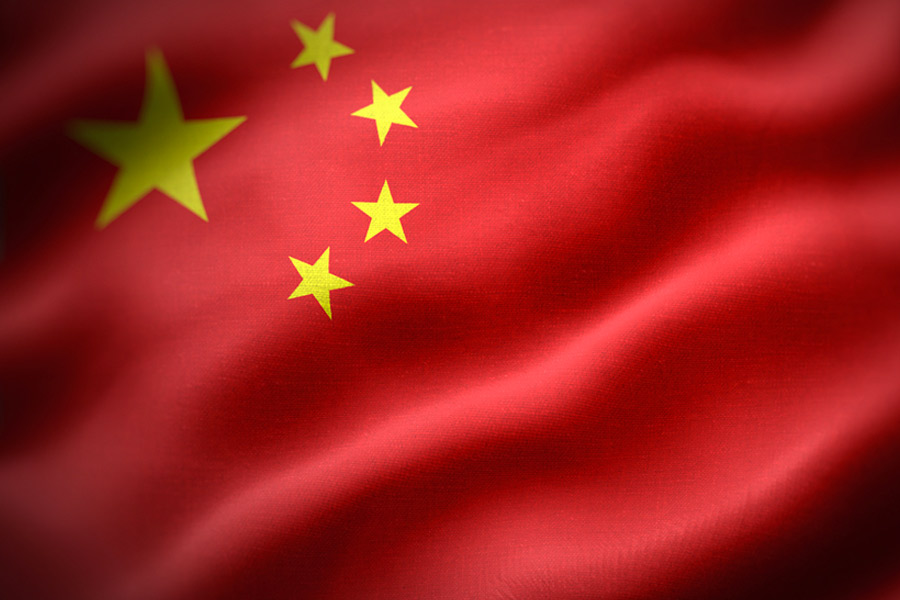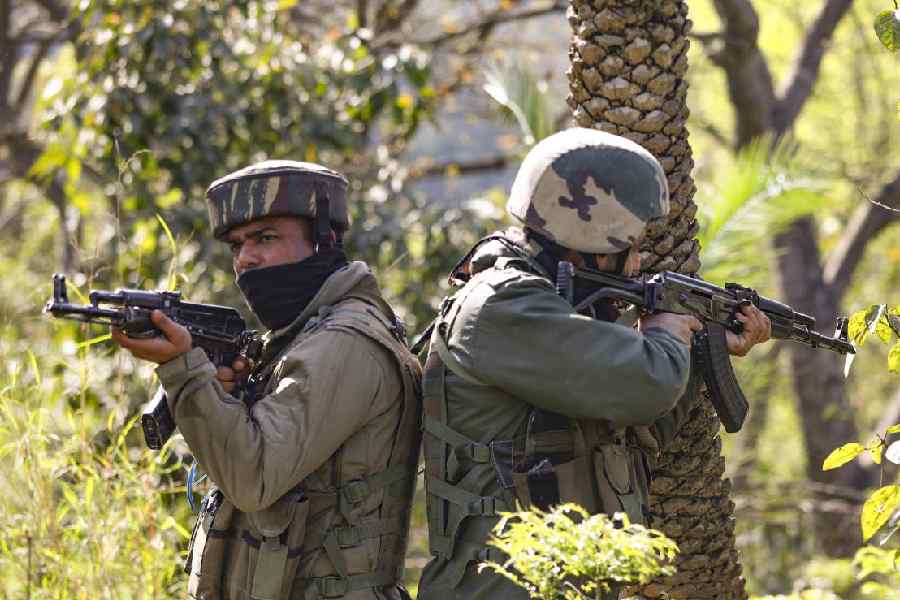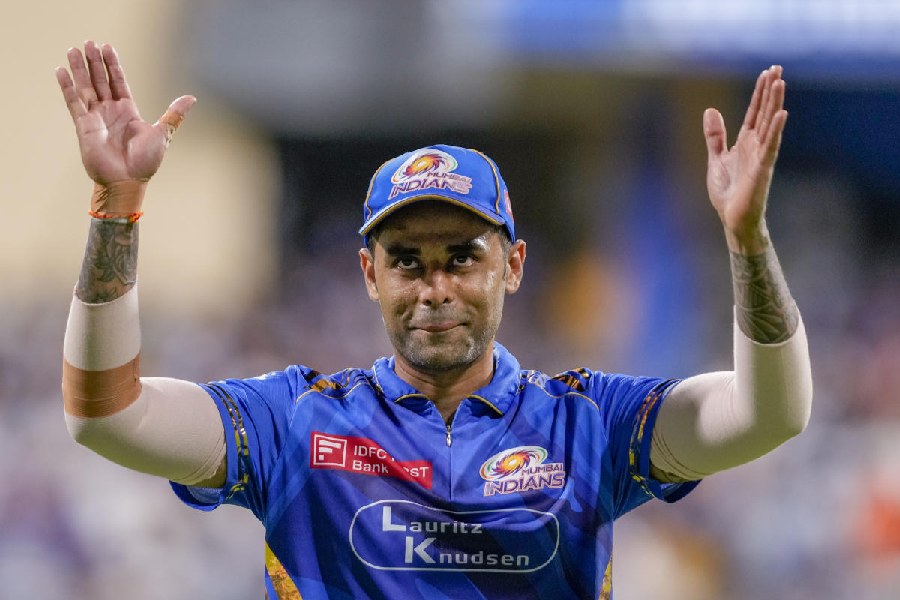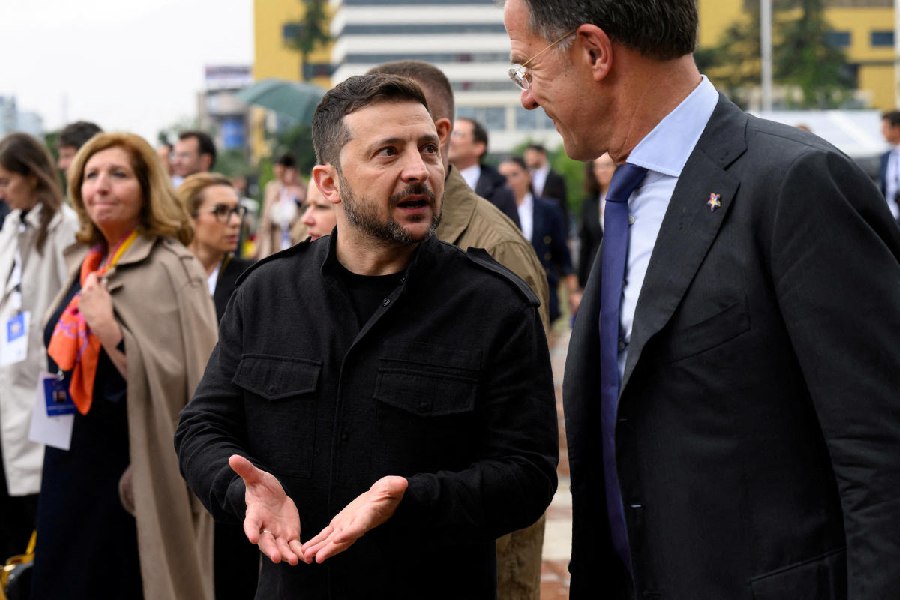 |
Quite like the man, Bill Clinton’s taste buds were eclectic. “Clinton ate anything and everything you gave him,” says Chef Gev Desai. When the US President visited India in 2000, Desai was the executive chef at ITC Maurya in Delhi. He vividly remembers the dishes prepared for the then President. “He ate kebabs, tandoori jhinga, murgh Sikandar — everything,” says Desai, now area chef at ITC Grand Maratha Sheraton, Mumbai.
Clearly, the mandarins of South Block are not the only ones who spend sleepless nights when world leaders visit India. Chefs share the responsibility of keeping them in an amiable mood. And one way of doing so is by wielding a deft ladle.
“It’s not just the food but the entire meal experience that makes the difference,” says Ananda Solomon, executive chef, Taj President, Mumbai.
Now that President Barack Obama is in India, chefs in Mumbai and Delhi are vying with one another to present him with an unforgettable meal. And clearly a lot of work goes into planning and presenting dishes.
When entertaining a state dignitary, the menu is usually planned as far as three weeks ahead, says Solomon. “Sometimes, though, we get the itinerary only about three days prior to the visit, possibly because of security reasons,” says Vijay Nagpal, who was the executive chef at ITC Maurya when George W. Bush visited India in 2006.
 |
 |
| PRESIDENTS’ MEN: Chefs Urbano de Rego (top) and Vijay Nagpal have cooked for US Presidents |
Dubya was a bit of a disappointment though. “He ate mostly western food served by his butlers,” says Nagpal. The hotel staff could only take the food up to the floor on which the presidential suite was located.
But Russian President Vladimir Putin was different. When he was in Delhi in March this year, he ate all kinds of Indian dishes of meat, vegetable and bread, Nagpal says. “We had no instructions to make the food less spicy.”
Indian cuisine has its staunch votaries, though some wanted it tweaked to suit their tastes. Decades ago, when Urbano de Rego, consultant chef, Taj Goa, planned the menu for US presidents Gerald Ford and George Bush senior, both guests at the Taj in Muscat, he was directed to keep the food low on salt and cook in olive oil.
Then secretary of state Henry Kissinger preferred his fish “without scales”, so Rego served him pomfret fillets. Bush Senior veered towards tiger prawns in a light Goan masala.
Among the light eaters was the late Pope John Paul II, who on his flight from New Delhi to Georgia in 1986 ate a tossed salad with a clear chicken soup for lunch and a light porridge, followed by black tea for dinner, recalls Flavio Mazarello, master chef at Hotel Suba International, Mumbai, who accompanied him on the flight.
The Pope was an exception. For other dignitaries, the chefs go in for elaborate cooking. “When we have 5,000 years of culinary history to showcase, why would I not serve authentic Indian food,” asks Nagpal.
The kitchen staff’s concerns don’t just revolve around the food. As threat perceptions to world leaders mount, security issues add to the list of travails. During the visits of US secretaries Colin Powell in 2001 and Condoleezza Rice in 2008, the US state security staff carefully tested their food.
“These are people who have to be protected. Their job may sound glamorous or glorious, but it’s not,” says Solomon. “They are like stage actors and can’t make a mistake.”
The chef can’t afford to make mistakes either. “If something goes wrong, I will be the first to go behind bars,” says Solomon.
A week before Clinton’s visit, the Delhi police took samples of raw food from the Maurya kitchen. “US security forces were camped in the hotel and watching us, though in a friendly manner,” says Desai. “They were also trying to assess the hotel staff on their political views. This was in addition to the discreet vetting of the staff, which had been done six months before the visit.”
When Desai asked the secret service if Clinton could be escorted around the hotel kitchen, they refused, citing the knives and skewers in the kitchen as potential weapons. But a word whispered in the ear of the President’s friendly valet was all it took to get Clinton posing and shaking hands with the kitchen staff “from the stewards to the dishwashers”.
American presidents have always evoked intense security concerns. “As the food entered the banquet hall, the secret service agents would pass their hands over it, in a seemingly casual gesture,” says Rego, talking of his days in Muscat. In Bush Senior’s suite, the agent tossed a few grapes in the air. “They made it seem as though they were playing, but were actually checking if the fruit was safe.”
It was not a grape that caught Bush’s attention, though, but custard apples. When Rego’s staff found the fruit missing from his fruit basket, they concluded it had gone down well with the President. Then Taj group managing director Ajit Kerkar had a box of custard apples flown down from Mumbai, as a gift to the President, by the next available flight.
In the late Sixties, the custard apple also became an object of reverence. Pope Paul VI, who was at the Taj, Mumbai, asked Chef Miguel Arcanjo Mascarenhas, or Masci, to show him the fruit which had gone into his ice cream. The Pope blessed the fruit, and Masci placed it on his family altar until “his practical wife, Maria, judged it ripe and served it to her seven children,” writes Masci’s daughter-in-law, Odette Mascarenhas, in Masci, the Man Behind the Legend.
Masci, who rose from a kitchen boy to a celebrated chef, was known for his presentation skills. At a banquet hosted for the Shah of Iran and his queen, Soraya, at the Taj, Mumbai, fairy-lights “danced like fireflies” around the platters of hors d’oeuvres, carried into the darkened banquet hall.
The chefs point out that their efforts are not just about feeding the dignitaries, but also making them feel at ease. “By the way the place is decked up, the ambience created, by bending backwards to meet the taste of the person, he or she feels important and special,” says Solomon.











